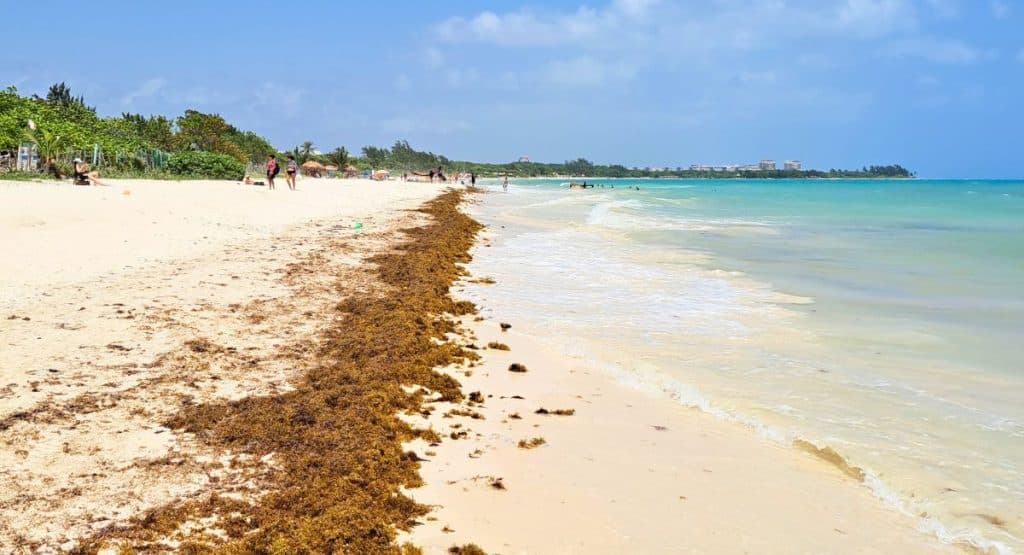It is official. The arrival season for Sargassum has already begun in the Mexican Caribbean, the country’s Navy Minister has said announced.
This unpleasant marine algae floats on the ocean surface and collects along coastlines between March and October each year, mainly in Mexico, Texas and Florida.
Now that it is a recurring phenomenon, Mexican authorities are developing cleanup and containment strategies and allocating national and local funds to purchase anti-sargassum vessels and cleaning machines and hire cleaning staffeven months before the sargassum season starts.
Here’s how officials and tourism industry leaders plan to keep beaches as pristine as possible this year.
The authorities are installing for this season 8,650 meter long ocean barriers in Puerto Morelos, Playa del Carmen, Tulum and Mahahual.
Cancun, Isla Mujeres and Cozumel, as well as Puerto Morelos, Playa del Carmen and Tulum, have invested in heavy machinery such as “sweepers, amphibious tires, compact loaders” and other vehicles to quickly collect and remove the algae.
This week, 22 medium naval vessels will join the containment fleet, consisting of 11 sargassum coastal vessels and the ocean-going vessel named ‘Natans’. Such a marine force is active in several municipalities.
In addition to the above strategies, 340 technical-scientific employees will closely monitor the entire operation to ensure its success.
Authorities have recognized the efforts of state, non-governmental and private organizations and civil society to enable the deployment of such a large-scale operation so that the destination can continue to offer tourists world-class beaches.
In some parts of the coast there is a lack of management for cleaning staff
This video shows cleaning staff bringing seaweed back into the sea, instead of cleaning it.
Huge reduction of seaweed in the first 2.5 months of 2024
The amount of sargassum that washes ashore each season depends on various environmental factors.
Good news for holidaymakers: Sargassum arrivals have seen a significant reduction compared to previous years.
Let’s look at the numbers. In the first two months of 2024, 1,000 tons of sargassum seaweed arrived on the beaches of Tulum, Cobá, Playa del Carmen, Tancah and Pole.
This means a reduction of 800 tons compared to the same months in 2023.
Both authorities and tourists have shared widely about it social media photos of almost sargassum-free beaches. However, keep in mind that sargassum season only officially started this week and things are subject to change.
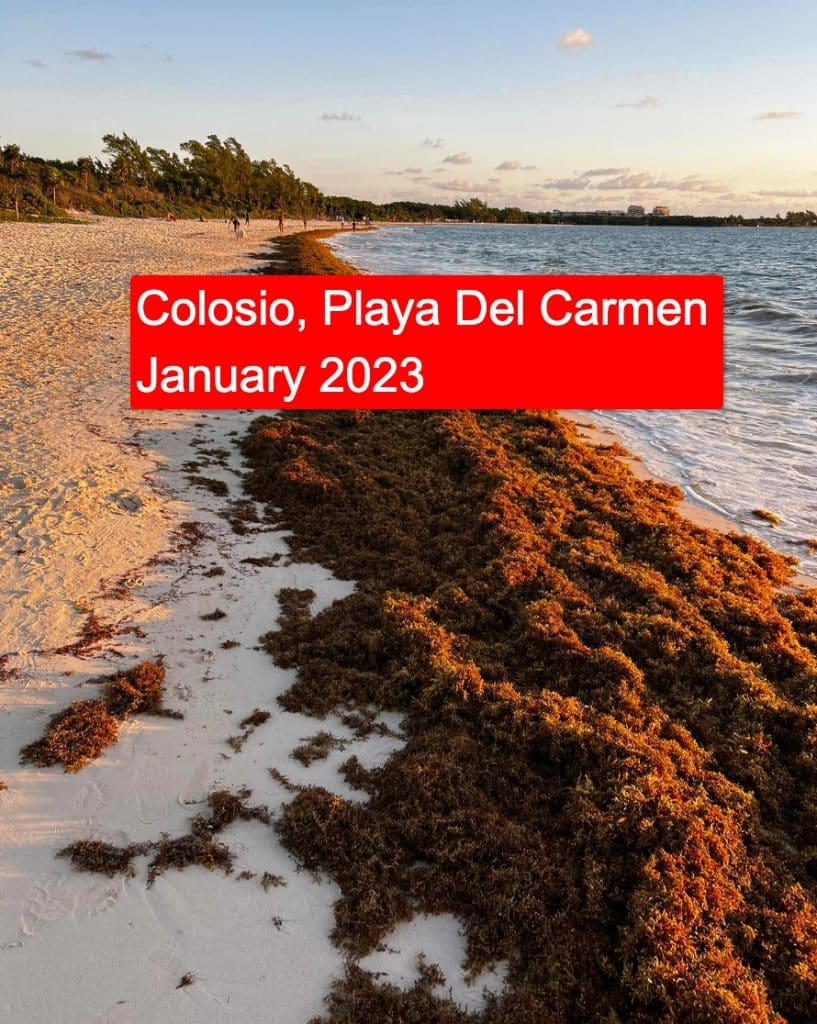
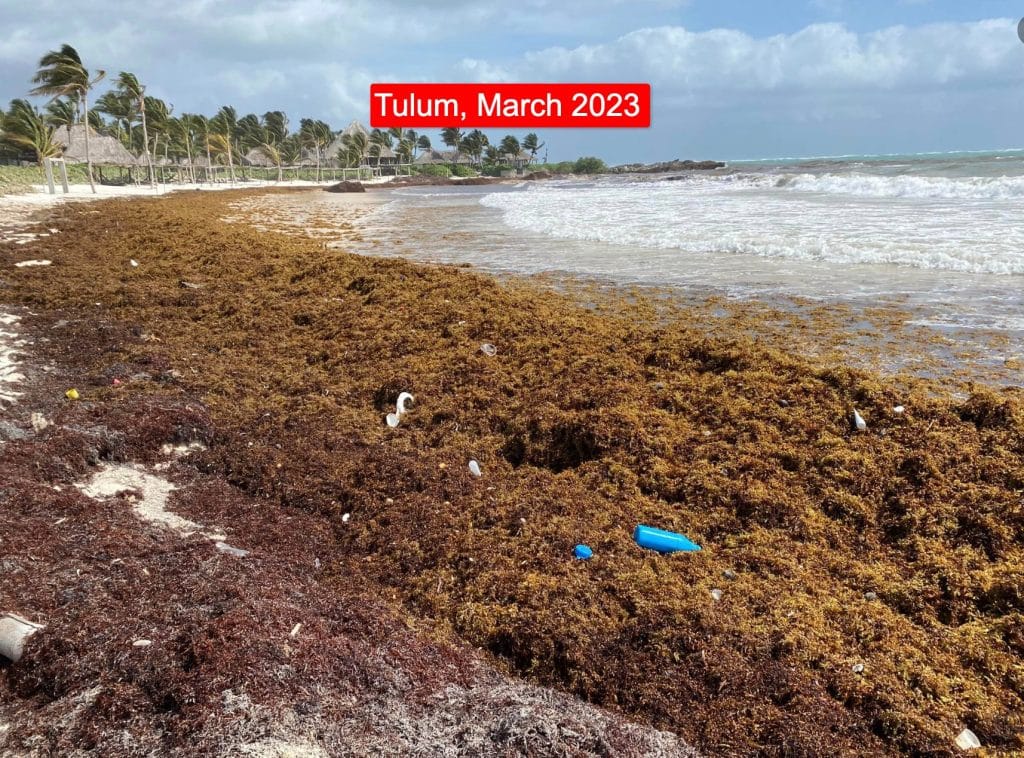
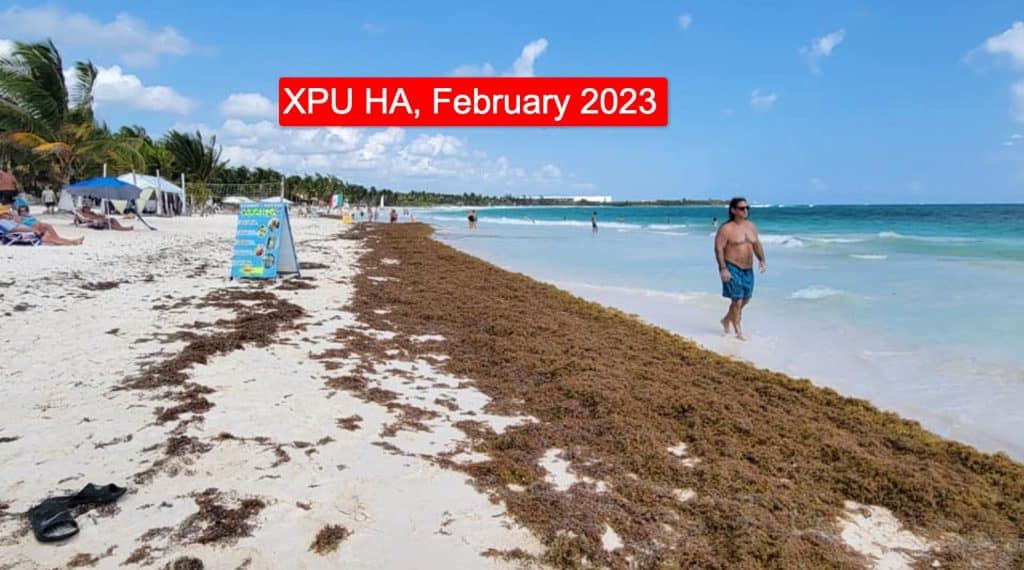
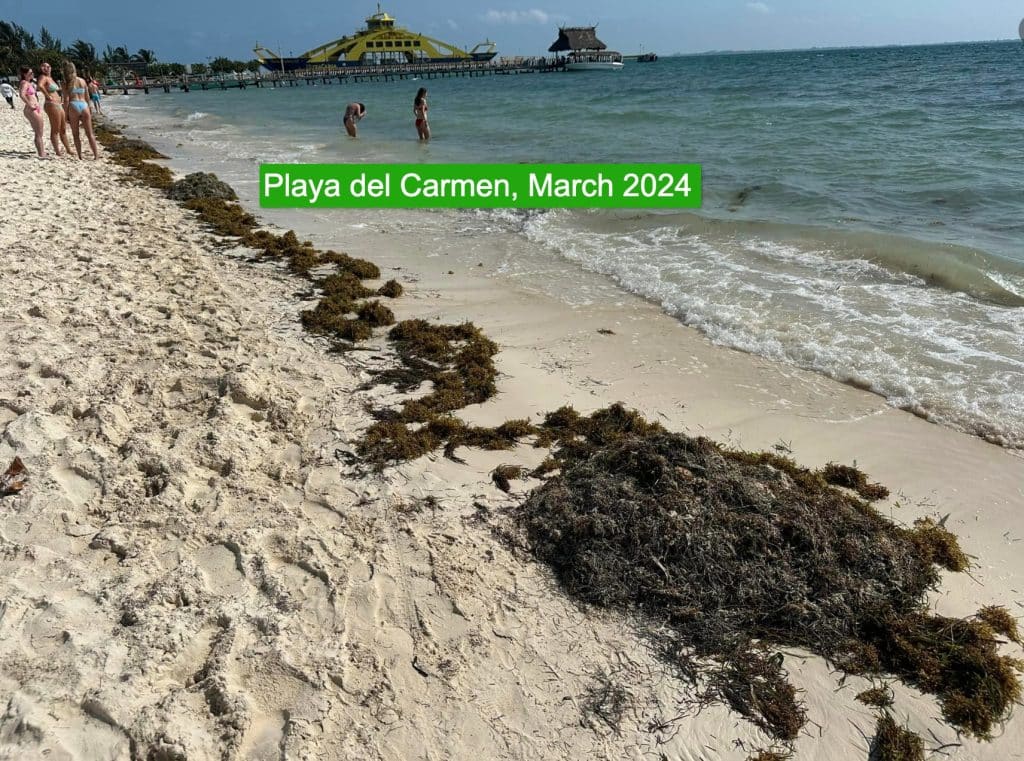
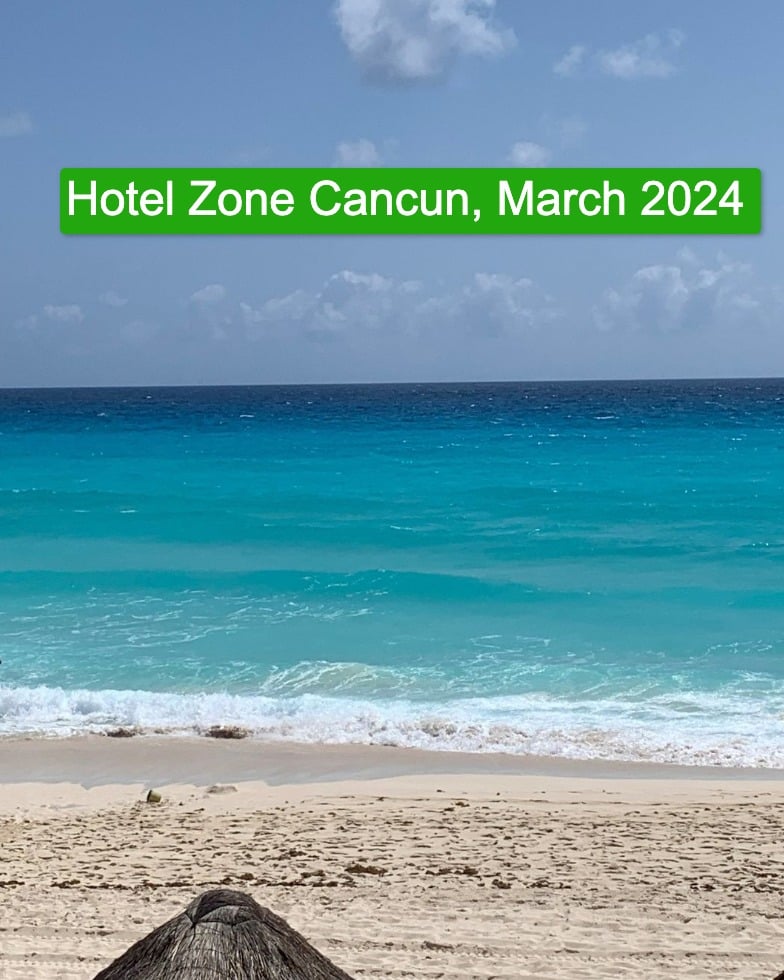
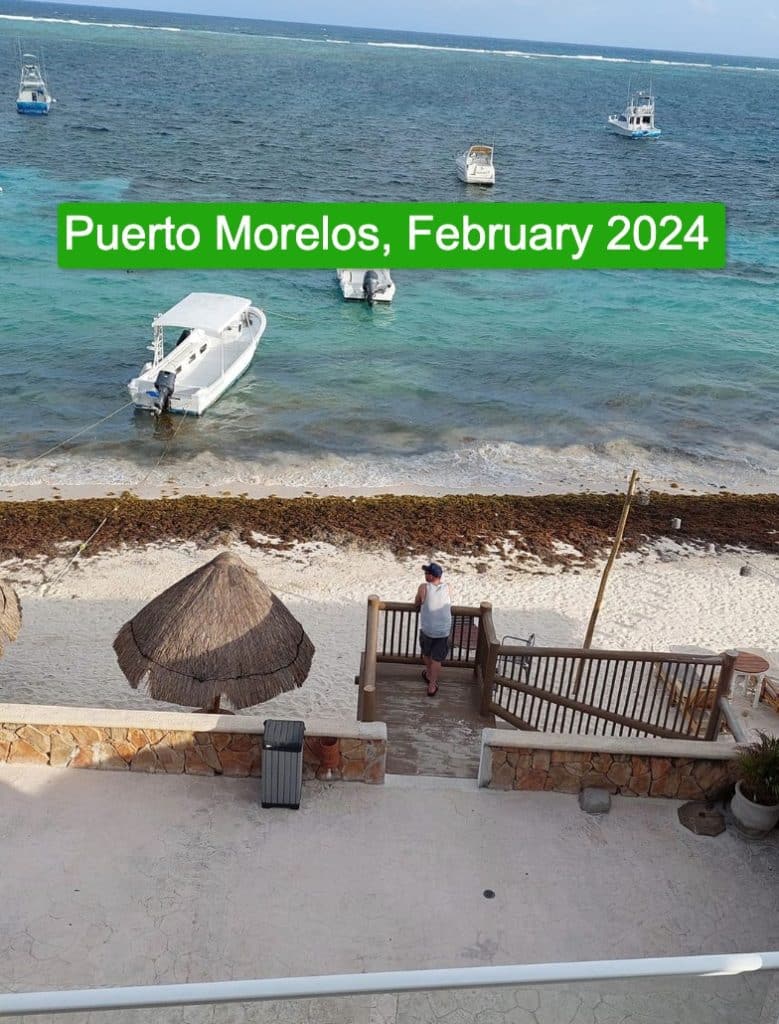
Lourdes Várguez Ocampo, Minister of Sustainable Environment and Climate Change of Solidaridad, explained that elevated temperatures, strong swells and excess nutrients in the ocean greatly increase sargassum reproduction.
This year she says: “We have had low temperatures, so the arrival was insignificant. We are talking about 1,084 tons, while last year we were already at 1,800.”


